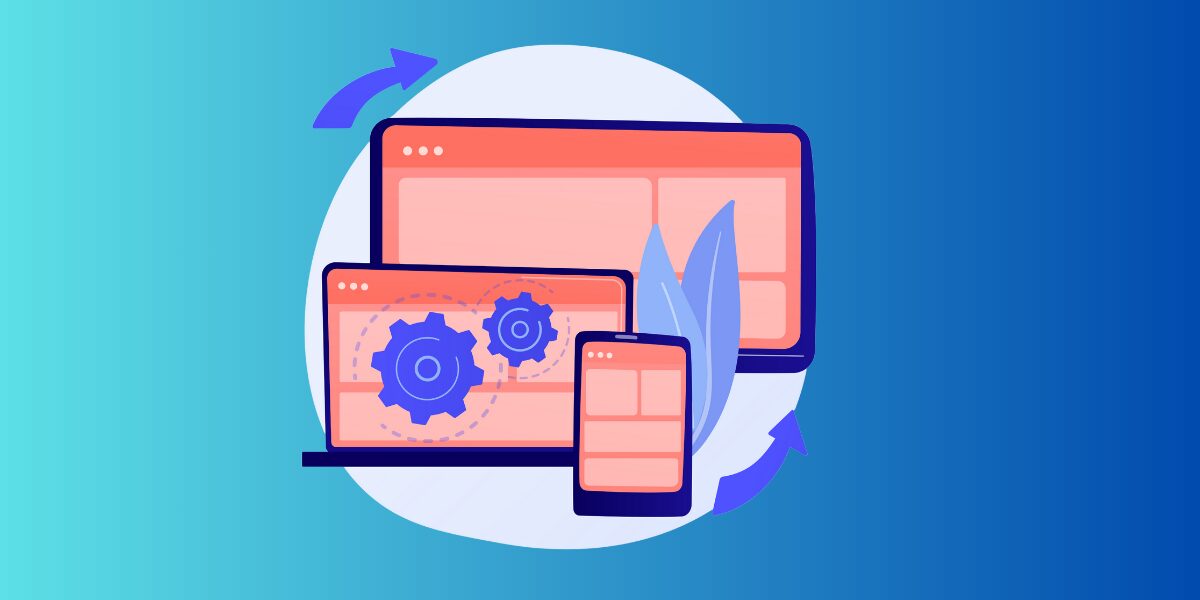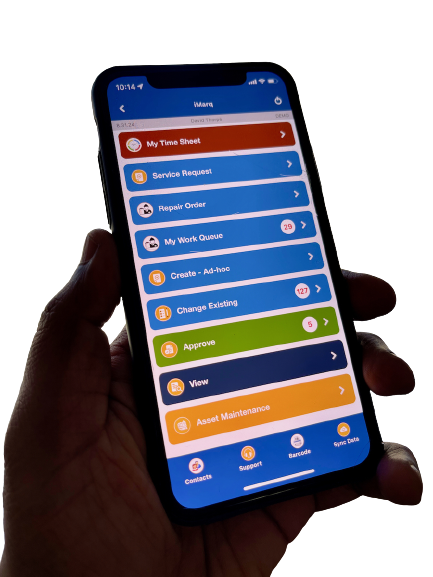The Origins of Connixt: How We Are Disrupting Enterprise Software
– By G Satish & Prabu Ekambaram
Since its creation in 2015, Connixt has successfully created and launched a mobile application suite that facilitates faster, simpler, and smarter user and client experiences, and today carries over a hundred thousand transactions a year across thousands of users who love to talk about us. But how did we get here? And what’s next? In this article, we take a break from our usual industry and technology updates to walk you through Connixt’s history, the origins of our company, as well as our future trajectory. In doing so, we hope you will be able to better understand our goals, our products, and our values – and, as Simon Sinek emphasizes – the WHY behind Connixt.
The Experience
Before co-founding Connixt, the two of us, G. Satish and Prabu Ekambaram, the Connixt co-founders, first worked together at a company Satish had co-founded and where Prabu was a founding employee. The years we spent there delivering large scale enterprise applications to Global 2000 corporations gave us a shared perspective and understanding of the challenges and complexities faced in the enterprise world.
Two things stood out from our experience with Enterprise software: (1) the end-user experience was ALWAYS difficult (“sucky” as we still like to say), requiring extensive training and change management, often requiring business to changes their processes around the software, and, (2) deployments were ALWAYS complex, time-consuming and over-budget. These were constants no matter which specific enterprise software and industry. The question that was foremost on our minds was: “Is there a way to do enterprise software differently?”
At the end of the day, our shared passion to search for continually better ways to fix common problems helped us recognize the value we could offer as a unified team.
The Concept
Most tech companies fantasize about the perfect coffee shop meeting, but at Connixt, it actually happened. Having discussed the possibility of working together again for years after we exited our previous company, we finally sat down at a Starbucks – one that we still pass by to this day – to collaborate on the initial concept for Connixt and its offerings.
In this meeting, almost a year before the creation of Connixt, we identified an opportunity to reinterpret enterprise software for the emerging cloud-mobile era.
Almost all the focus in the tech industry was around consumer-facing apps (including Oscar-worthy movies about these apps). We, however, recognized that cloud computing had the potential to be both more powerful and more accessible than most back-end systems, at a lower cost and time-to-deploy, with minimal infrastructure needs. For instance, decisions on the field could be made in real-time between the employee and his mobile device in conjunction with the heavy duty, low cost computing power in the cloud. This would be more effective than depending on some remote back-office system trying to make decisions for work to be done days or weeks later.
We also committed to two guiding principles early on: (a) the application suite design would be simple with few moving parts, and, (b) a tight focus on simplicity for the end-user. These may be new ideas for the enterprise world, but are common factors in the best consumer-facing apps. To put it simply, the question we were asking was, “When is the last time anyone ever needed training or a reference guide to use any app in their daily lives?”
We recognized the power to disrupt current the enterprise software landscape offerings by combining the convenience and computing power of mobile with cloud computing’s potential, by creating a no-code, easy-to-deploy enterprise suite. Essentially an application platform that could be configured to meet most business process needs, especially those involving workers and assets on the move – in the field, in workshops and warehouses. All that was left was to package these ideas into a single, cloud-based, multi-tenant platform that was easy to configure and easy to use.

“Yes, that’s the actual Starbucks”.
The Execution
One of the biggest challenges enterprise software companies – both legacy and newer vendors – face is keeping the costs down as their customer footprint increases – the industry is replete with stories of multiple versions of products running across multiple customers. Legacy vendors face the challenge of integrating and supporting multiple acquisitions and bolt-ons across a large and varied customer base. And younger vendors often dedicate massive resources to build extraneous features and technologies to build complex products that meet specific user needs. The result is that the cost of maintaining applications spirals upward for both the vendor and the customer – and any attempts at “rationalizing” code results customers losing functionality they like to get functionality they don’t need.
With Connixt, we took the WhatsApp approach: start small, build a scalable platform, and perfect the product. By doing it right the first time, we were able to create a highly configurable cloud-based no-code mobile app suite that has the ability to transform enterprise operations in the field, an Open Enterprise Architecture that allows integration with any back-end system, and the ability to support future needs such as IoT. This methodical execution maximized our company’s value-add while also optimizing our costs, staff, and technologies.
What sets Connixt apart, however, is not just the quality, simplicity, and universality of our apps; it is also our commitment to our core values (more on this here). We pride ourselves on our ability to uphold these values in everything we do. One of the most prominent of these values is integrity. If we don’t believe we can provide the highest value solution for your particular business problem, we will tell you upfront. Our goal isn’t to take your money; our goal is to maximize the value you get out of it. Another core value: our near-fanatical dedication to the end-user experience (more about that here); we therefore take every bit of feedback from the end-user seriously.
The Future
The progression of Connixt’s product offerings has centered around three main steps:
- Transaction automation
- Automated data collection – integration with devices sensors
- Active Digital Grid – an integrated system of assets, material and crew
With each step, Connixt’s products have provided greater utility and value for clients. Critical to each step is the ability to generate actionable intelligence. But what does this mean? Our goal is to provide the simplest, fastest, smartest user experiences possible while maximizing functionality using technology as it evolves. To do that, we intend to take process automation one step further – integrate elements from operational technology (OT), we aim to create a cloud environment where the asset broadcasts its maintenance requirements, reorders parts as required, and schedules the appropriate crew who then receive, act and respond on their mobile devices.
While machine learning of this kind is the next step for us, it certainly is not the last. We intend to adhere to our core values and mission to continually empower our clients and end-users for years to come across new generations of technology.
Learn more about our team and our process by visiting our company page.





